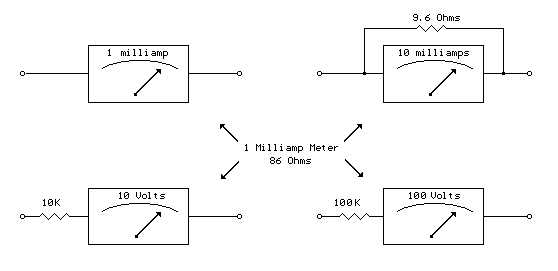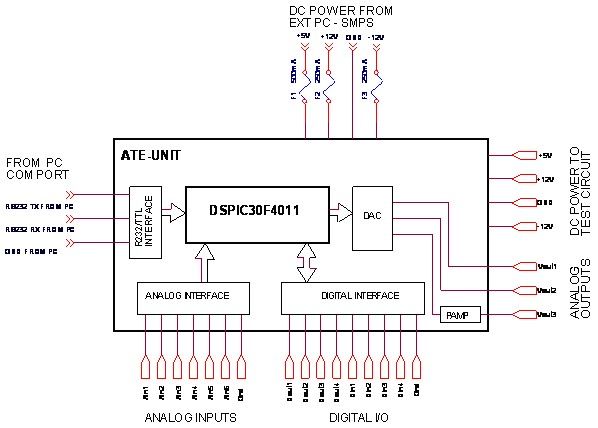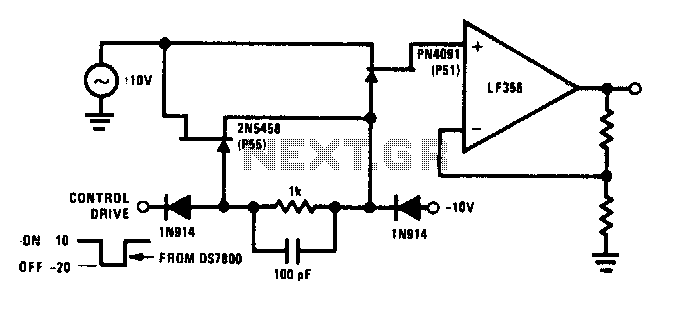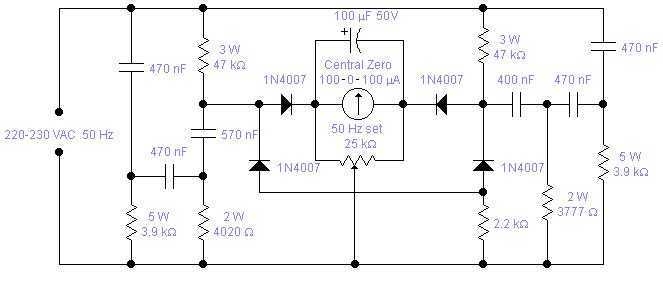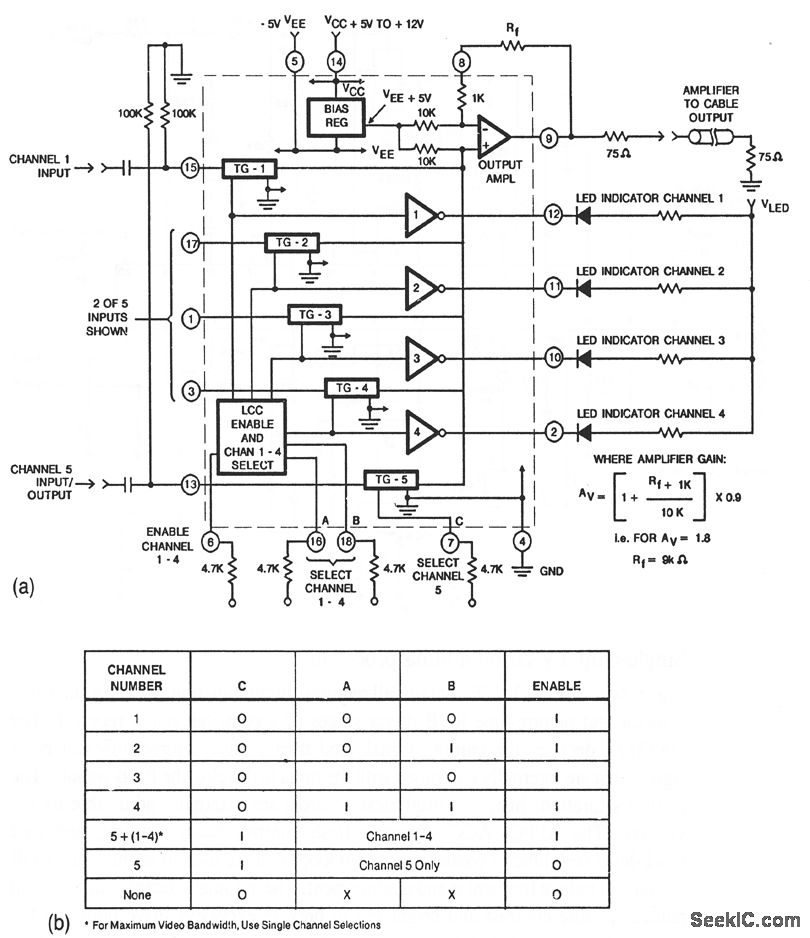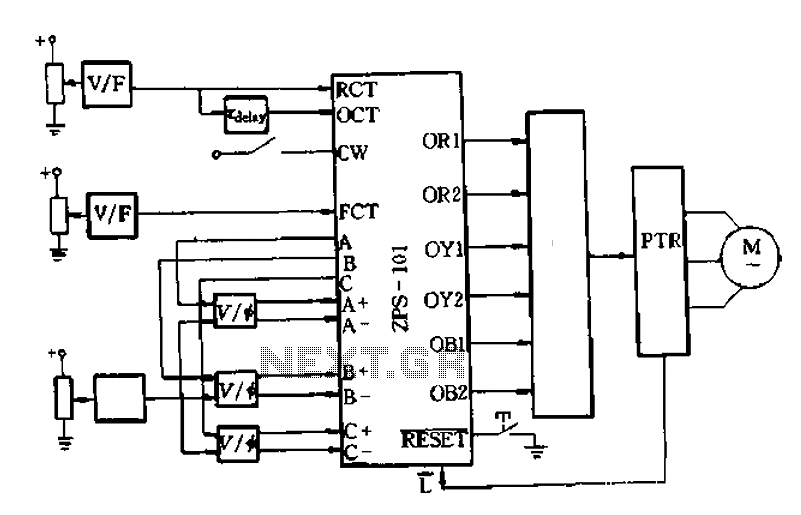
High-Linearity Analog Optocouplers

High linearity analog optocouplers offer the versatility needed to address a variety of analog isolation requirements. For high voltage applications, these optocouplers can effectively transmit analog signals between high voltage and low voltage areas without introducing distortion. This article explores the internal functioning and servo control mechanisms of high linearity analog optocouplers in detail. Application examples include motor control current sensing and traditional current loop communication in process control. Standard digital optocouplers have been used for optoisolation in high voltage applications; however, combining them with signal processing circuitry complicates design and is unsuitable for applications needing both analog input and output. Although some linear optocouplers provide analog isolation, they often fall short in delivering essential performance metrics such as linearity, gain accuracy, and sufficient working insulation voltage. Isolation amplifier optocouplers are another option, but designers must weigh the trade-offs between cost and performance. High linearity analog optocouplers are ideal for isolating analog signals across various applications requiring excellent stability, linearity, and bandwidth. A well-designed circuit can manage different signal types, including unipolar/bipolar, AC/DC, and inverting/noninverting configurations. Certain applications necessitate very high isolation voltage; for instance, in motor drive high-side current sensing and phase current sensing applications, working voltages can reach 1 kV. Special construction is required for optocouplers to function under such demanding conditions. The HCNR200/201 optocouplers from Avago Technologies serve as examples of devices that can support high linearity and insulation voltage up to 1.4 kV across a variety of isolation applications. High linearity is crucial for current sensing and voltage monitoring in many areas, such as motor control drives, switching power supply feedback loops, and inverter systems. In motor control drives, variable-speed motors are increasingly utilized in both industrial and domestic applications. Key components like IGBTs/MOSFETs, gate drivers, and microcontroller units (MCUs) rely on analog current and voltage sensors for feedback, ensuring stable and protected system control. Given the presence of high voltages, it is often required by safety and regulatory standards that operators of motors and low voltage digital electronics are protected through galvanic isolation. An optocoupler with a very high insulation voltage rating (5 kVrms for 1 minute) is essential for monitoring DC bus voltage, sensing DC bus current, AC phase current, as well as temperature and positioning. Applications framed within an Analog Isolation Block in a typical motor drive block diagram illustrate these concepts. Resistors R2 and R5 measure the high voltage DC bus voltage and DC bus current, while resistors R3 and R4 measure motor phase current. Temperature and position can be monitored by appropriate sensors, with their outputs directed to another Analog Isolation Block. All parameters are transferred across the isolation barrier to the MCU. Simplified schematics of the Analog Isolation Block for both unipolar and bipolar input circuits are provided for further examination.
High linearity analog optocouplers are integral components in modern electronic systems where isolation is paramount. Their design typically includes a light-emitting diode (LED) and a photodetector arranged in a manner that allows for the efficient transfer of signals while maintaining electrical isolation. The LED is driven by an input signal, and the resulting light is detected by the photodetector, which generates an output signal proportional to the input. This method effectively isolates the high voltage side from the low voltage side, ensuring safety and system integrity.
The performance of high linearity analog optocouplers is characterized by several key parameters, including linearity, bandwidth, and gain accuracy. Linearity is critical for applications such as current sensing, where the output must accurately reflect the input across a range of conditions. Bandwidth determines the frequency response of the optocoupler, affecting its ability to transmit fast-changing signals without distortion. Gain accuracy ensures that the output signal maintains fidelity to the input signal, which is especially important in feedback applications where precision is necessary for system stability.
In high voltage applications, the construction of the optocoupler must withstand significant electrical stresses. This often involves the use of specialized materials and design techniques to ensure that the device can operate reliably under high voltage conditions. The insulation voltage rating is a critical specification, as it indicates the maximum voltage the device can withstand without breakdown. For instance, optocouplers designed for motor control applications may require ratings of 1 kV or higher, necessitating robust design features to ensure safety and reliability.
In practical applications, high linearity analog optocouplers are utilized in various configurations, including unipolar and bipolar circuits. Unipolar circuits typically involve signals that swing in one direction, while bipolar circuits accommodate signals that can swing in both directions. The choice between these configurations depends on the specific requirements of the application, including the nature of the signals being processed.
Overall, high linearity analog optocouplers represent a vital technology in the field of electronic isolation, enabling safe and effective signal transmission across high voltage barriers while maintaining the integrity of the analog signals involved. Their versatility and reliability make them essential components in a wide range of applications, from industrial motor control to consumer electronics.High linearity analog optocouplers provide the versatility required to meet a wide range of analog isolation needs. For designers of high voltage applications, high linearity analog optocouplers can reliably send analog signals across very high voltage area and low voltage area without distortion.
This article examines the internal operation and servo control mechanism of high linearity analog optocouplers in detail. Application examples are also presented, ranging from motor control current sensing to traditional current loop communication in process control. Standard digital optocouplers have long been used to address the optoisolation needs in high voltage applications.
Combining a digital optocoupler with signal processing circuitry meets the need of high voltage isolation, but this complicates the design and is not suitable for applications that require analog in and analog out. Some linear optocouplers available in the market do provide analog isolation, however they fail to deliver necessary performance such as linearity, gain accuracy, along with high enough working insulation voltage.
Isolation amplifier optocouplers can also be considered, but designers must consider the trade off between cost and performance [1]. An analog optocoupler with high linearity is ideal to isolate analog signals in a wide variety of applications that require excellent stability, linearity and bandwidth.
An optimally designed circuit is capable of handling different type of signals including unipolar/bipolar, AC/DC and inverting/noninverting. Certain applications require very high isolation voltage. For example, in motor drive high side current sensing and phase current sensing applications, the working voltage could be as high as 1 kV.
An optocoupler needs to be specially constructed to work under such harsh conditions. The following examples use Avago Technologies` HCNR200/201 optocouplers to illustrate the wide range of isolation applications that can benefit from high linearity and up to 1. 4 kV working insulation voltage. High linearity is critical for current sensing and voltage monitoring in various application areas, such as motor control drives, switching power supply feedback loop, and inverter systems.
As part of the motor control drives, variable-speed motor drives are finding increasing applications not only in industrial applications but also home appliances. Among the key components such as IGBT/ MOSFET, gate drivers, and of course the microcontroller unit (MCU), analog current and voltage sensors are critical to feed back to the MCU for stable and protected system control.
Because of the presence of high voltages, it is necessary, and often mandated by safety and regulatory agencies, that people operating the motors and low voltage digital electronics are protected through galvanic isolation. An optocoupler with very high insulation voltage (5 kVrms/1 min rating) is required to handle DC bus voltage monitoring, DC bus current sensing, and AC phase current sensing, as well temperature and positioning sensing.
Figure 1 shows these applications (framed in the box named Analog Isolation Block) in a typical motor drive block diagram [2]. From this figure, one can figure out resistors R2 and R5 are used to measure the HV DC bus voltage and DC bus current respectively, while resistors R3 and R4 are used to measure motor phase current.
Parameters such as temperature and position can be sensed by appropriate sensors attached to the motor, whose output is fed to another Analog Isolation Block. All the parameters are then transferred across the isolation barrier and collected by MCU. Figure 2 A and B [3] show a simplified schematic of the Analog Isolation Block for unipolar input and bipolar input circuit respectively, which are discussed in next section.
The operation [3, p. 15] of the circuit may not be immediately obvious just from inspecting Figure 2A, particularly the 🔗 External reference
High linearity analog optocouplers are integral components in modern electronic systems where isolation is paramount. Their design typically includes a light-emitting diode (LED) and a photodetector arranged in a manner that allows for the efficient transfer of signals while maintaining electrical isolation. The LED is driven by an input signal, and the resulting light is detected by the photodetector, which generates an output signal proportional to the input. This method effectively isolates the high voltage side from the low voltage side, ensuring safety and system integrity.
The performance of high linearity analog optocouplers is characterized by several key parameters, including linearity, bandwidth, and gain accuracy. Linearity is critical for applications such as current sensing, where the output must accurately reflect the input across a range of conditions. Bandwidth determines the frequency response of the optocoupler, affecting its ability to transmit fast-changing signals without distortion. Gain accuracy ensures that the output signal maintains fidelity to the input signal, which is especially important in feedback applications where precision is necessary for system stability.
In high voltage applications, the construction of the optocoupler must withstand significant electrical stresses. This often involves the use of specialized materials and design techniques to ensure that the device can operate reliably under high voltage conditions. The insulation voltage rating is a critical specification, as it indicates the maximum voltage the device can withstand without breakdown. For instance, optocouplers designed for motor control applications may require ratings of 1 kV or higher, necessitating robust design features to ensure safety and reliability.
In practical applications, high linearity analog optocouplers are utilized in various configurations, including unipolar and bipolar circuits. Unipolar circuits typically involve signals that swing in one direction, while bipolar circuits accommodate signals that can swing in both directions. The choice between these configurations depends on the specific requirements of the application, including the nature of the signals being processed.
Overall, high linearity analog optocouplers represent a vital technology in the field of electronic isolation, enabling safe and effective signal transmission across high voltage barriers while maintaining the integrity of the analog signals involved. Their versatility and reliability make them essential components in a wide range of applications, from industrial motor control to consumer electronics.High linearity analog optocouplers provide the versatility required to meet a wide range of analog isolation needs. For designers of high voltage applications, high linearity analog optocouplers can reliably send analog signals across very high voltage area and low voltage area without distortion.
This article examines the internal operation and servo control mechanism of high linearity analog optocouplers in detail. Application examples are also presented, ranging from motor control current sensing to traditional current loop communication in process control. Standard digital optocouplers have long been used to address the optoisolation needs in high voltage applications.
Combining a digital optocoupler with signal processing circuitry meets the need of high voltage isolation, but this complicates the design and is not suitable for applications that require analog in and analog out. Some linear optocouplers available in the market do provide analog isolation, however they fail to deliver necessary performance such as linearity, gain accuracy, along with high enough working insulation voltage.
Isolation amplifier optocouplers can also be considered, but designers must consider the trade off between cost and performance [1]. An analog optocoupler with high linearity is ideal to isolate analog signals in a wide variety of applications that require excellent stability, linearity and bandwidth.
An optimally designed circuit is capable of handling different type of signals including unipolar/bipolar, AC/DC and inverting/noninverting. Certain applications require very high isolation voltage. For example, in motor drive high side current sensing and phase current sensing applications, the working voltage could be as high as 1 kV.
An optocoupler needs to be specially constructed to work under such harsh conditions. The following examples use Avago Technologies` HCNR200/201 optocouplers to illustrate the wide range of isolation applications that can benefit from high linearity and up to 1. 4 kV working insulation voltage. High linearity is critical for current sensing and voltage monitoring in various application areas, such as motor control drives, switching power supply feedback loop, and inverter systems.
As part of the motor control drives, variable-speed motor drives are finding increasing applications not only in industrial applications but also home appliances. Among the key components such as IGBT/ MOSFET, gate drivers, and of course the microcontroller unit (MCU), analog current and voltage sensors are critical to feed back to the MCU for stable and protected system control.
Because of the presence of high voltages, it is necessary, and often mandated by safety and regulatory agencies, that people operating the motors and low voltage digital electronics are protected through galvanic isolation. An optocoupler with very high insulation voltage (5 kVrms/1 min rating) is required to handle DC bus voltage monitoring, DC bus current sensing, and AC phase current sensing, as well temperature and positioning sensing.
Figure 1 shows these applications (framed in the box named Analog Isolation Block) in a typical motor drive block diagram [2]. From this figure, one can figure out resistors R2 and R5 are used to measure the HV DC bus voltage and DC bus current respectively, while resistors R3 and R4 are used to measure motor phase current.
Parameters such as temperature and position can be sensed by appropriate sensors attached to the motor, whose output is fed to another Analog Isolation Block. All the parameters are then transferred across the isolation barrier and collected by MCU. Figure 2 A and B [3] show a simplified schematic of the Analog Isolation Block for unipolar input and bipolar input circuit respectively, which are discussed in next section.
The operation [3, p. 15] of the circuit may not be immediately obvious just from inspecting Figure 2A, particularly the 🔗 External reference
